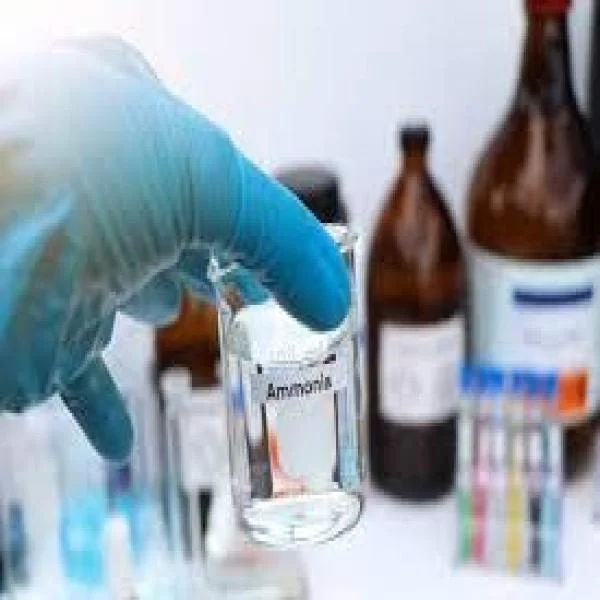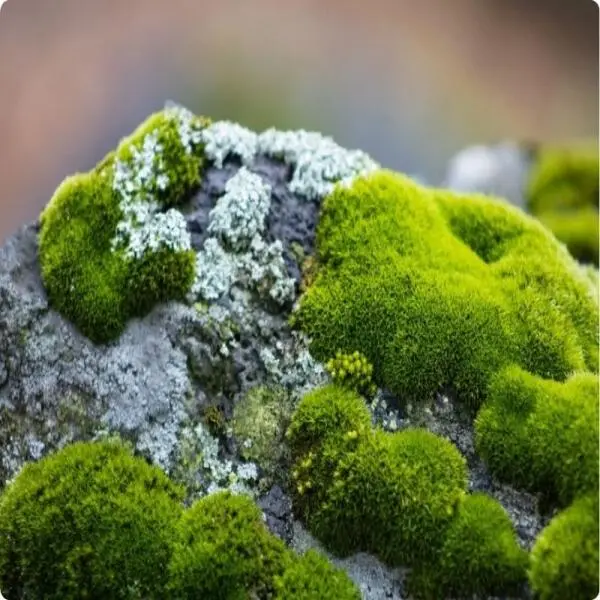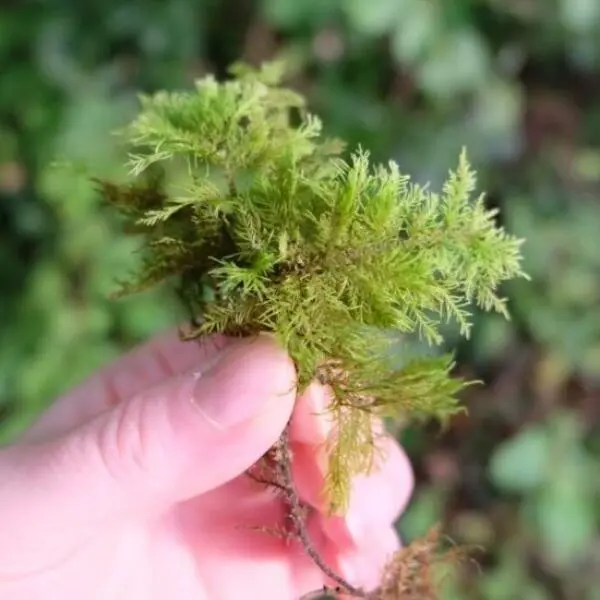
Aquatic ecosystems harbor diverse photosynthetic organisms, with cyanobacteria and algae being two of the most fundamental groups. These organisms, while often confused due to their similar ecological roles, possess distinct characteristics that set them apart in terms of cellular structure, reproduction methods, and environmental impact.
What Are Cyanobacteria?
Cyanobacteria, formerly known as blue-green algae, are prokaryotic organisms belonging to the kingdom Monera. They are found in various aquatic environments, from freshwater lakes to oceans, and can even appear on damp soil and rocks. These microscopic organisms appear in blue-green color due to the presence of phycocyanin, a unique photosynthetic pigment that gives them their characteristic appearance.
Special cells called heterocysts in some cyanobacteria species like Anabaena and Nostoc allow them to fix nitrogen from the atmosphere into ammonia, which is then used for amino acid synthesis. This unique ability sets them apart from other photosynthetic organisms and contributes to their ecological significance.
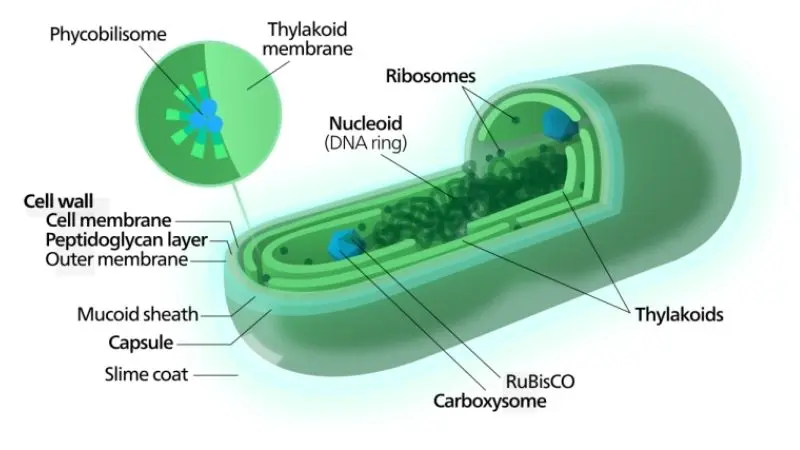
Cyanobacteria are prokaryotic organisms belonging to the kingdom Monera
What Are Algae?
Algae are eukaryotic organisms found primarily in aquatic environments, ranging from microscopic forms to large seaweeds. They represent the simplest form of plant-like organisms, possessing chlorophyll and conducting photosynthesis like higher plants, but lacking complex tissues such as roots, stems, and leaves. They can be found in six major groups: chlorophytes (green algae), euglenophytes, pyrrophytes, chrysophytes, phaeophytes (brown algae), and rhodophytes (red algae).
These organisms exhibit remarkable diversity in their morphology, appearing as unicellular, colonial, or multicellular forms. Their reproductive strategies are complex, involving both vegetative and sexual methods, which demonstrates their evolutionary advancement compared to cyanobacteria.

Algae are eukaryotic organisms found primarily in aquatic environments
Comparative Analysis: Cyanobacteria vs Algae
Structural Differences
The fundamental distinction between these organisms lies in their cellular organization. Cyanobacteria lack membrane-bound organelles and a true nucleus, with their photosynthetic membranes distributed throughout the cytoplasm. In contrast, algae possess well-defined organelles, including chloroplasts and a true nucleus, reflecting their more complex cellular organization.
Feature | Cyanobacteria | Algae |
Cell Type | Prokaryotic | Eukaryotic |
Nucleus | Absent | Present |
Organelles | No membrane-bound organelles | Membrane-bound organelles are a feature of this cell type |
Cell Size | Cyanobacteria generally larger than other bacteria | Varies widely |
Organization | Cyanobacteria primarily unicellular or filamentous | Progression from unicellular to complex multicellular life |
Photosynthetic Capabilities
Both groups conduct photosynthesis but utilize different mechanisms and pigments. Cyanobacteria contain chlorophyll a and specialized pigments called phycobiliproteins, which give them their distinctive blue-green color. These organisms conduct photosynthesis using membranes that run throughout their cytoplasm. Algae, on the other hand, contain both chlorophyll a and b, along with various accessory pigments like carotenoids and xanthophylls, all contained within specialized organelles called chloroplasts.
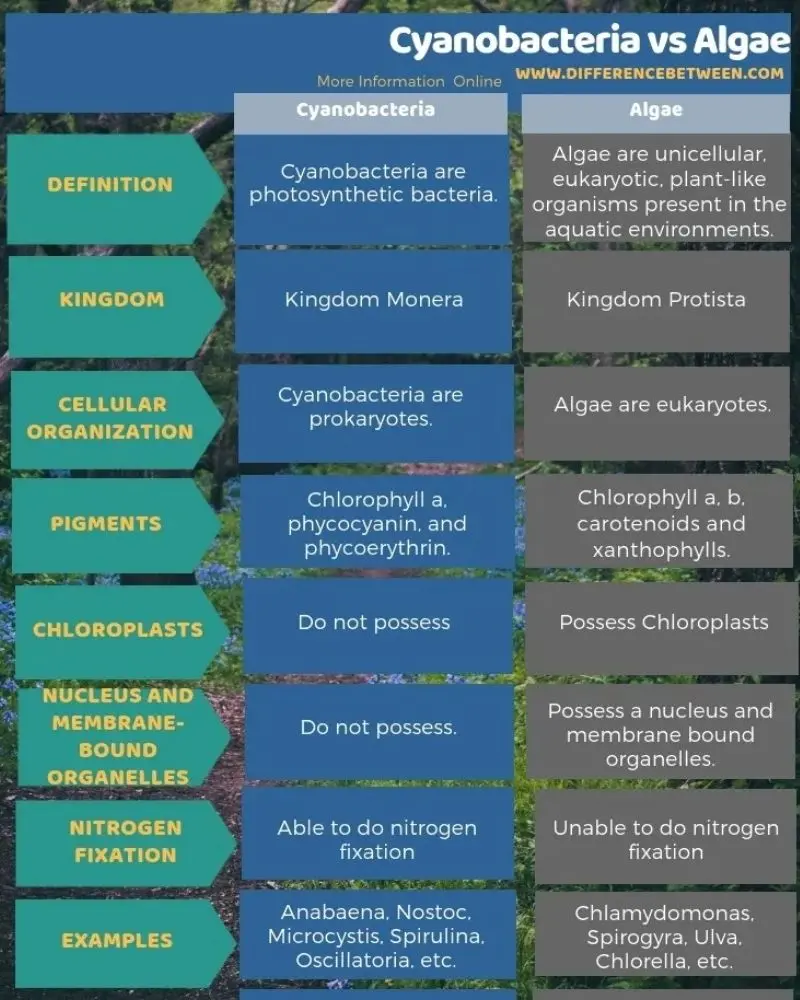
Comparative Analysis: Cyanobacteria vs Algae
Ecological Significance and Environmental Influence
Role in Aquatic Ecosystems
Ecological Importance and Environmental Impact of Cyanobacteria and Algae
In aquatic ecosystems, cyanobacteria and algae play essential roles, acting as primary producers in the food web. Both groups perform photosynthesis, producing oxygen as a byproduct, which supports a healthy aquatic environment for fish and other organisms. By forming the foundation of the aquatic food chain, these organisms provide sustenance for small animals like zooplankton, which are then consumed by larger aquatic creatures. Additionally, they create habitats that shelter small invertebrates and provide food sources for various aquatic life forms.
Algae and cyanobacteria serve as indicators of environmental health, with different species adapting to diverse conditions. While some algae thrive in nutrient-rich (eutrophic) waters, others prefer nutrient-poor (oligotrophic) environments. Their presence and abundance often signal changes in water quality. For example, an increase in nutrient levels due to agricultural runoff or waste can lead to a rise in algae and cyanobacteria populations, signaling shifts in ecosystem balance and potential issues like reduced biodiversity.
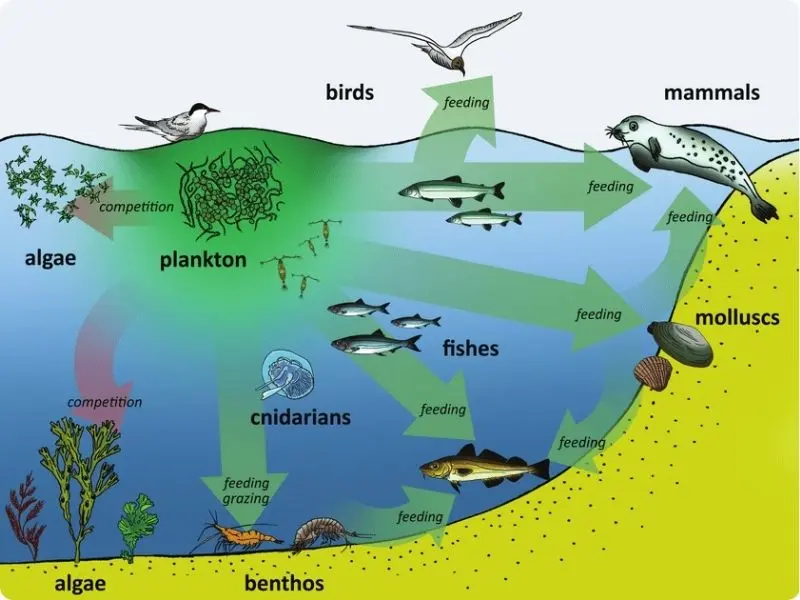
Ecological Importance and Environmental Impact of Cyanobacteria and Algae
Harmful Algal Blooms (HABs)
One of the critical environmental impacts of both algae and cyanobacteria is their potential to form harmful algal blooms (HABs) under specific conditions. These blooms are especially likely in warm, nutrient-rich environments and can have serious ecological and health consequences. Cyanobacteria, also known as "blue-green algae," are particularly notorious for their ability to produce toxins (cyanotoxins) that can harm the liver or nervous system of animals and humans exposed to contaminated water.
HABs cause several environmental problems:
- Reduced Water Quality: Dense blooms block sunlight, which limits the growth of submerged plants that require light, disrupting the aquatic food web.
- Oxygen Depletion: As blooms die off and decompose, they consume oxygen in the water, potentially leading to hypoxic (low oxygen) conditions that endanger fish and other organisms.
- Aesthetic and Economic Issues: HABs often cause foul odors and form green or blue-green scums along shorelines, reducing the aesthetic and recreational appeal of water bodies. This can negatively impact tourism and property values in affected areas.
Environmental surveillance
The presence and abundance of specific species serve as valuable indicators of water quality. Some forms indicate low nutrient conditions, while others signify high nutrient levels. Monitoring agencies measure chlorophyll α concentrations to determine algal biomass and assess lake trophic status. For cyanobacteria, biovolume measurements provide better estimates of potential toxin risks than simple cell counts.
Practical Implications
Water Management
Understanding the differences between these organisms is crucial for effective water management. Water treatment facilities must consider the potential presence of cyanotoxins, while recreational water managers need to monitor for potential blooms that could affect public health. The presence of either group can impact water treatment operations and ecosystem health in different ways.
Public Health Considerations
Safety measures include avoiding water contact during visible blooms, particularly when water appears like pea soup or contains floating mats. Domestic water treatment systems may not effectively remove algal toxins, making it essential to avoid ingesting water during bloom conditions. Regular monitoring and public notification systems help protect human health.
Conclusion
The distinct characteristics of cyanobacteria and algae, from their cellular structure to their environmental impacts, necessitate different management approaches. Their roles as primary producers and potential bloom formers make them crucial components of aquatic ecosystems, requiring careful monitoring and management strategies. As climate change and nutrient pollution continue to affect aquatic systems, understanding these organisms becomes increasingly important for environmental protection and public health.
Related Articles
What High Levels of Ammonia in the Blood Mean for Health
Ammonia is a naturally occurring substance in the body that is vital to certain metabolic processes. ...
Ammonia in Pool Water: Common Causes and Effective Solutions
Ammonia in pool water can be a surprising challenge for pool owners, leading to various water ...
How to Detect and Remove Ammonia in Water Sources
Ammonia, a naturally occurring compound of nitrogen and hydrogen, can be found in various water ...
Can moss really grow anywhere?
Moss is a unique and resilient plant that has adapted to survive in diverse ecosystems for hundreds ...
Ever Wondered How Algae and Moss Differ?
Algae and moss are often mistaken for one another due to their green appearance and similar growth ...
Tired of pool scale? What causes white spots in your pool?
Pool scale is a common issue for pool owners, causing unsightly deposits and potentially damaging ...



